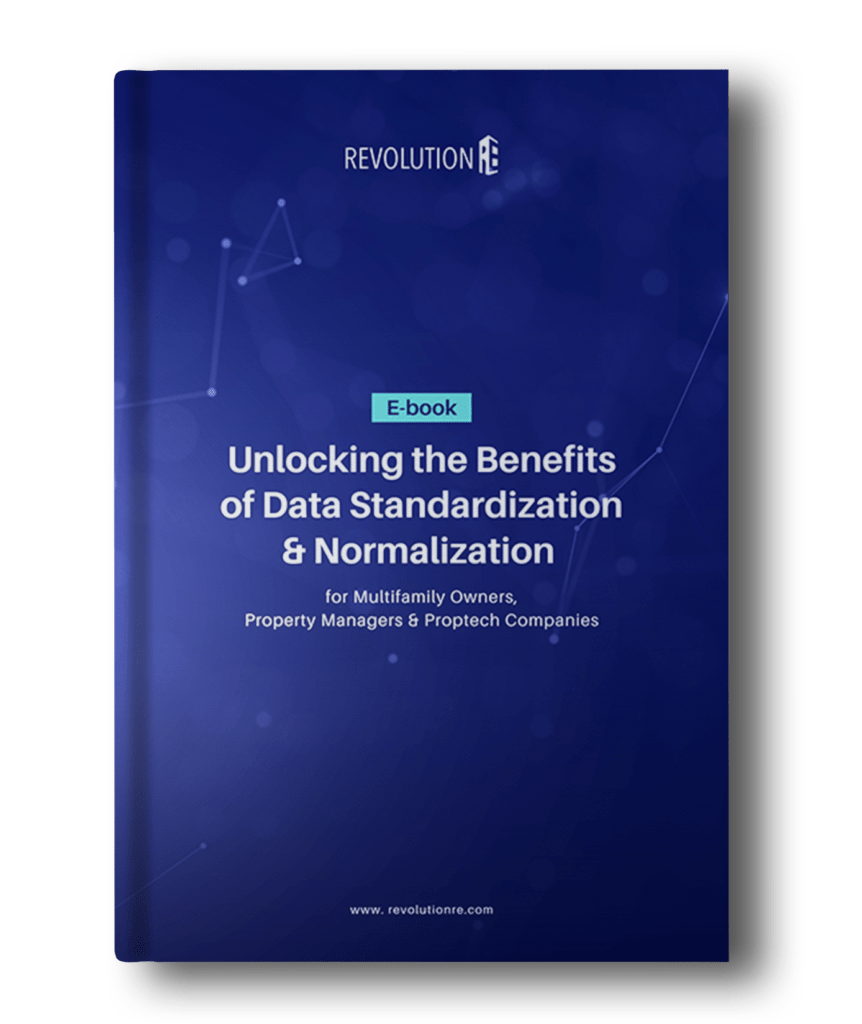Commercial real estate accounts for 35% of energy consumption in the United States, according to the Environmental Protection Agency. Even worse, 30% of energy usage is attributed to waste. Multifamily properties make up a significant portion – over 41% – of the commercial real estate sector. With real estate increasingly becoming a contributor to global warming, nearly everyone agrees that the industry must take action to reduce the environmental impact; the real question is how.
Implementing environmental policies is becoming increasingly important for owners and managers of multifamily buildings for a number of reasons. To start, prudent policies in place will have the intended effect of reducing greenhouse gas emissions, which will in turn limit the adverse effects that rental properties have on climate change. Aside from the obvious overall benefit to society, meeting energy efficiency standards has the ability to enhance tenant satisfaction, which improves retention; to create a better, more positive work environment, which reduces staff turnover for property management teams; and also increases capital raising efforts, by generating access to socially motivated investors. Perhaps most importantly, executing energy efficiency policies are now established to have the ability to boost financial performance and value at the property and portfolio level.
With all of the benefits of enacting energy efficiency policies firmly established, the primary challenge facing many in the industry today is what guidelines to follow, and how to follow them. In a survey of property owners and managers conducted by the University of Nebraska, when asked about barriers to improving energy efficiency at their properties, respondents cited lack of knowledge regarding which energy efficiency measures would be most effective as a significant barrier to implementation.
As a result, many property owners and managers struggle to collect and track data to meet the energy efficiency standards set by regulatory bodies. Collecting required data is seen by many as a complicated and time-consuming process that requires specialized skills, resources, and tools that the operator simply doesn’t have. Additionally, if there are upfront costs to implement a particular energy efficiency measure, without a clear return on investment (ROI) timeline, operators may lack access to the necessary financing.
Despite the challenges, the business case for implementing sustainable practices in multifamily buildings is compelling. According to a report by the Joint Center for Housing Studies at Harvard University (JCHS), 40% of the nation’s rental housing stock, representing 17.6 million dwellings, is in danger of experiencing “substantial annual losses from increasingly common environmental hazards.” Furthermore, the World Green Building Trends 2021 report showed that new green buildings brought an average of 10.5% reduction in operating costs in the first year and a 16.9% savings over five years. Construction of new green buildings and green renovation or retrofit projects increase the asset value of buildings by upwards of 9%.
The January 2022 Bloomberg Intelligence (BI) report also shows the impact of green initiatives on raising capital. The total assets managed under the umbrella of values-based, socially responsible, and impact investing had grown from $22.8 trillion in 2016 to $30.6 trillion in 2018, then surpassed $35 trillion in 2020. BI predicts that global ESG (Environmental, Social, and Governance) focused assets under management may exceed $41 trillion in 2022 and climb to $50 trillion by 2025.
The commercial real estate industry is making efforts to address these challenges, with many operators participating in voluntary initiatives such as ENERGY STAR® and LEED® certification programs. These initiatives provide a roadmap for building owners and managers to reduce their energy consumption and greenhouse gas emissions while also providing recognition for their efforts. The Open Standards Consortium for Real Estate (OSCRE), a global, non-profit, member-based organization, is working with leading companies and industry associations to develop standards for improved environmental data management and reporting called the Environmental Data Project. This effort is designed to provide participants with a framework for identifying environmental standards to track within a company’s existing data strategy.
It is worth noting that the National Multifamily Housing Council (NMHC) and other industry groups have raised concerns about the additional costs and burden that mandating energy efficiency could impose on multifamily operators. According to the NMHC, the upfront costs of implementing energy efficiency measures can be significant, and with already high development costs, putting the additional burden on developers could negatively impact the already significant under-supply of affordable housing even further. Some energy efficiency upgrades can take five to ten years to recover the investment before savings are realized.
To meet energy efficiency standards, the multifamily industry must continue to collaborate with regulators and policymakers to establish clear guidelines for data collection, tracking, and compliance. Financial incentives, such as tax credits and grants, can help offset the upfront costs of implementing energy efficiency measures. Furthermore, policymakers should explore the potential of public-private partnerships to provide financing options for multifamily operators.
Until clear requirements are in place, multifamily operators should be creative and hold themselves accountable for making small, incremental steps towards meaningful change. In a recent McKinsey Report ‘Climate Risk and the Opportunity for Real Estate”, the authors encourage the industry to look for opportunities, like storing and selling energy with solar arrays and batters; using a building’s green attributes to attract residents; applying new technologies – like modular – to support development; using measurable energy saving accomplishments to reach impact motivated investors; and tracking emissions and energy consumption through heating, cooling, lighting and space management.
While the multifamily industry faces significant challenges to meet energy efficiency standards, there are compelling reasons for owners and managers to adopt sustainable practices. By reducing environmental impact, improving tenant satisfaction, and boosting financial performance and value, multifamily operators can make a significant contribution to the fight against climate change while also ensuring the long-term viability of their properties.
We invite you to subscribe to our newsletter for updates and industry news.
